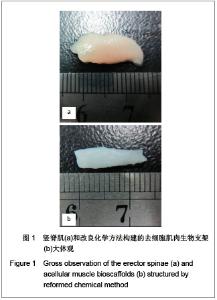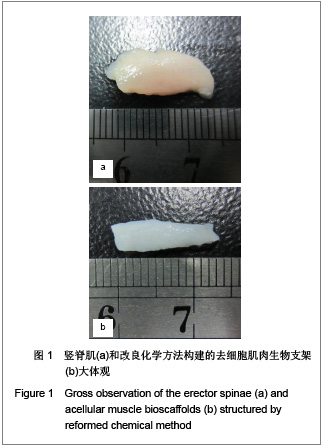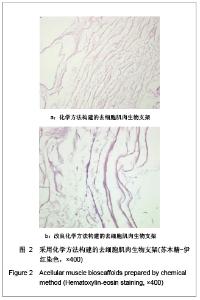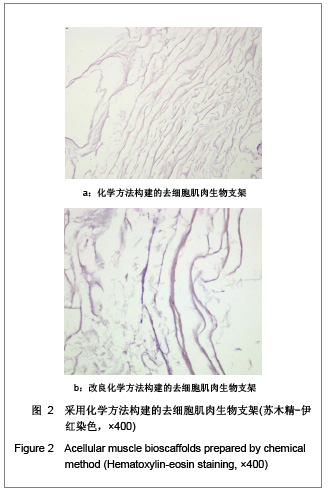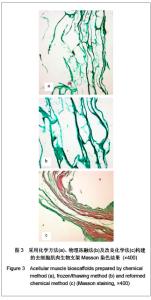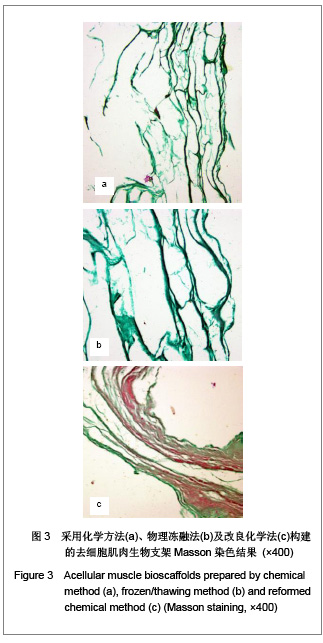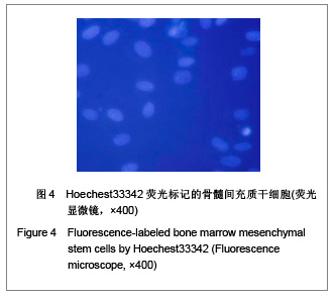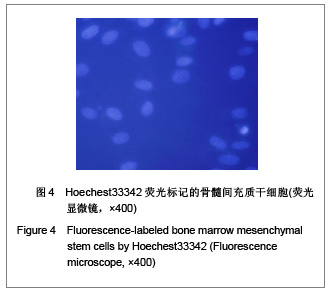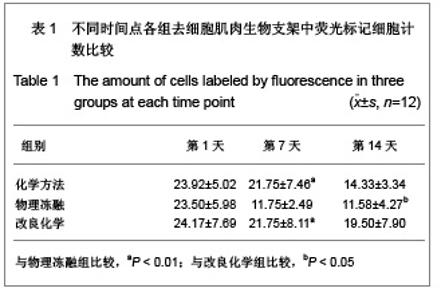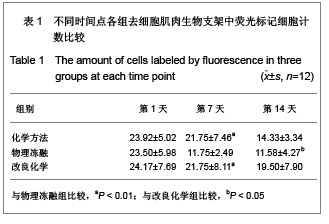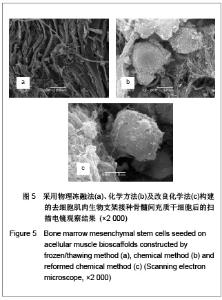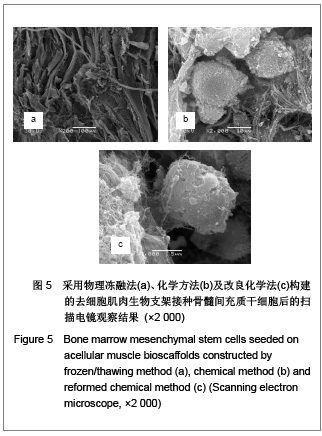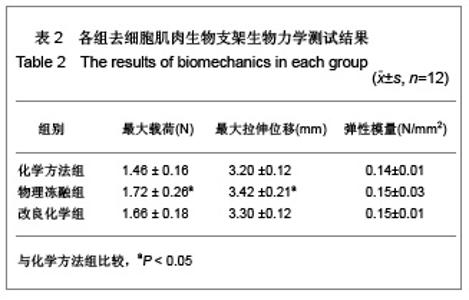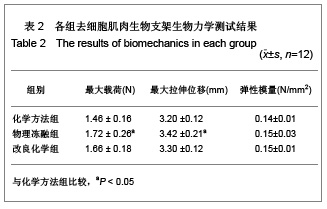| [1] Sanes JR,Marshall LM,McMahan UJ. Reinnervation of muscle fiber basal lamina after removal of myofibers. Differentiation of regenerating axons at original synaptic sites. J Cell Biol.1978;78(1):176-198.[2] Zhang XY.Jilin Daxue.2007. 张秀英. 肌基膜管移植大鼠脊髓半切损伤模型血管生成情况的研究[D].吉林大学,2007.[3] Mligiliche N,Kitada M,Ide C. Grafting of detergent-denatured skeletal muscles provides effective conduits for extension of regenerating axons in the rat sciatic nerve. Arch Histol Cytol. 2001;64(1):29-36.[4] Arai T,Kanje M,Lundborg G,et al.Axonal outgrowth in muscle grafts made acellular by chemical extraction. Restor Neurol Neurosci. 2000;17(4):165-174.[5] Xu XZ,Sun L,Hu YY.Zhonghua Wuli Yixue yu Kangfu Zazhi. 2000;22(2):2. 徐新智,孙磊,胡蕴玉.肌基膜管桥接周围神经缺损的电生理研究[J]. 中华物理医学与康复杂志,2000,22(2):2.[6] Keilhoff G,Pratsch F,Wolf G,et al. Bridging extra large defects of peripheral nerves: possibilities and limitations of alternative biological grafts from acellular muscle and Schwann cells. Tissue Eng.2005;11(7-8):1004-1014.[7] Zhang HX,Xu SD,Wu X,et al.Zhonghua Guke Zazhi. 1995; 15(1): 32-35. 张红旭,胥少汀,吴霞,等. 肌基膜管结合神经生长因子修复脊髓缺损的实验研究[J].中华骨科杂志,1995, 15(1):32-35.[8] Carlson EC,Carlson BM.A method for preparing skeletal muscle fiber basal laminae. Anat Rec.1991;230(3):325-331.[9] 9Wang DB,Wen YM,Lan X,et al.Zhongugo Jiaoxing Waike Zazhi.2010;18(10):836-839. 汪大彬,文益民,蓝旭,等.壳聚糖-藻酸盐多通道支架材料细胞相容性研究[J].中国矫形外科杂志,2010,18(10):836-839.[10] Liu J,Xu GY.Riyong Huaxue Gongye. 2003;33(1):29-32. 刘静,徐桂英.表面活性剂与蛋白质相互作用的研究进展[J].日用化学工业,2003,33(1):29-32.[11] Nguyen H,Morgan DA,Forwood MR. Sterilization of allograft bone: is 25 kGy the gold standard for gamma irradiation?J Cell Tissue Bank.2007;8(2):81-91.[12] Balsly CR,Cotter AT,Williams LA,et al. Effect of low dose and moderate dose gamma irradiation on the mechanical properties of bone and soft tissue allografts.J Cell Tissue Bank.2008;9(4):289-298. |
